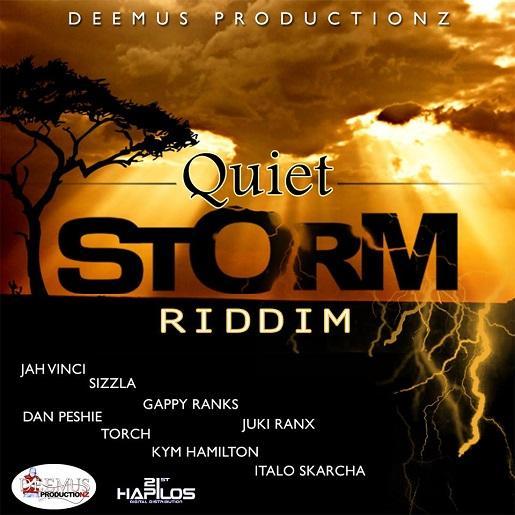


Songs can be current or decades old, deep cuts or singles, and are more likely to be a live version or extended length than a radio edit. While all stations followed the same formula – a multi-hour block of slow jams and mid-tempos with little interruption – some had their own names like “Mellow Melodies,” or in NYC, WBLS’ “Kissing After Dark.” BET (who hired format creator Lindsay for a short while before his death in 1992) developed a late-night video block of Quiet Storm cuts called “Midnight Love.”Īn urban alternative to soft rock or easy listening, Quiet Storm ignores most of the programming rules of commercial radio.

Stations in major markets, then secondary markets began adapting the mood music format, most during select dayparts, a few for their overall programming. Competitive station WKYS and their director of black programming, Donnie Simpson, hired Lindsay away and duplicated the program, then they became the leading urban station in DC. She suggested Melvin name his show after Smokey’s title track, and use the song as an intro (“The Quiet Storm” is still used widely as a programming anthem for the format).Īfter a few months, WHUR moved the program from weekends to every weeknight and rose to the top spot among urban stations in DC. Cathy had been looking for a format that would distinctly target the upwardly mobile, single black women in DC – she’d found it. “I played a lot of old, slow songs.” And because he was inexperienced and uncomfortable behind the mic, he only took a couple of talking breaks an hour. Melvin filled his time with classic slow jam cuts, “WHUR was into jazz then, and I didn’t know a lot about jazz,” Lindsay later told the New York Times. Smokey was unknowingly once again laying a foundation for a black soul era.Ī year following The Quiet Storm’s release, Cathy Hughes (founder of Radio One and TVOne), then director of Howard University’s radio station WHUR, tapped station intern Melvin Lindsay to step in last minute as substitute DJ for a Sunday night slot. But Palmer also noted, “Robinson is moved neither by Marvin Gaye’s macho sensibilities nor by Stevie Wonder’s semimystical mental images, and he has more pop expertise than either.” This wasn’t music to inspire humanity, it was music to inspire the mood. “As the title tune progresses, the sensuality of its lyrics and the loose, improvisational feel of the backup suggest that the album is going to be Robinson’s What’s Going On or Innervisions, a formula-defying statement of both personal and social import,” remarked Rolling Stone writer Robert Palmer in his album review.
#Quiet storm movie#
This album also features the "Wedding Song" which was written for Hazel and Jermaine Jackson's wedding and the "Happy" theme from the movie Lady Sings the Blues.Inspired and intrigued by What’s Going On, Robinson found his solo stride with his 1975 album, The Quiet Storm. Before long, it caught on around the country and evolved into a new market. Briefly, radio mogul Cathy Hughes, owner of Radio One, was the general manager at Howard University radio WHUR during the early '70s when she created the format "the quiet storm." She used Smokey Robinson's composition as the theme song. The lyric of the ballad "The Agony and the Ecstasy" hit the Top Ten at number seven, and it was followed by the masterpiece "A Quiet Storm." Although it only managed to seal the Top 25, it has since made a greater impact on the music charts and music industry. It was Robinson's first number one single since leaving the Miracles. Arranged in an intermittent rhythm, "Baby That's Backatcha" ran up the Billboard R&B charts to number one inside 16 weeks. The album itself had three singles hit the charts. The title track became the namesake for a music format. As many of his prior songs had shaped R&B and pop music, this album would have a similar effect. The genius of William "Smokey" Robinson is immeasurable.


 0 kommentar(er)
0 kommentar(er)
